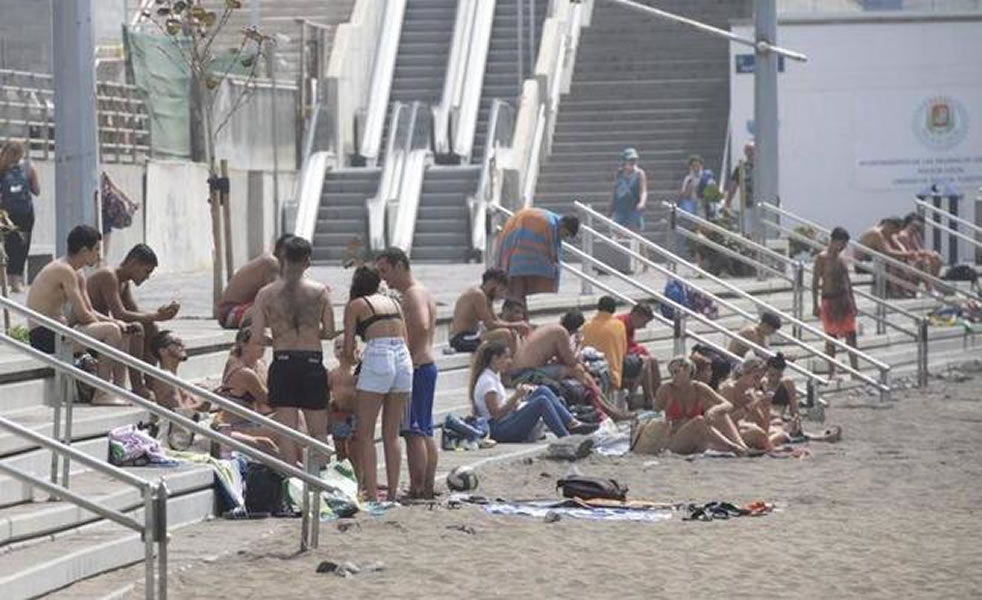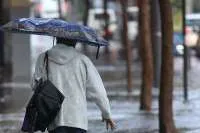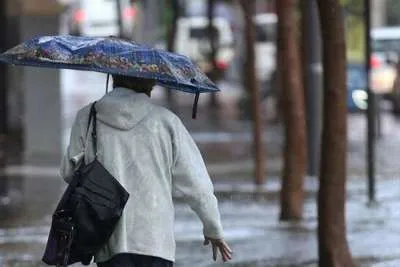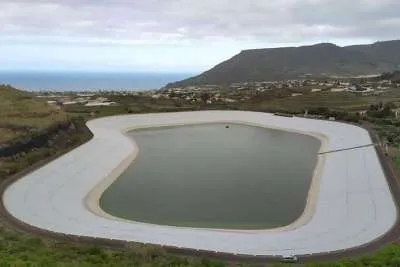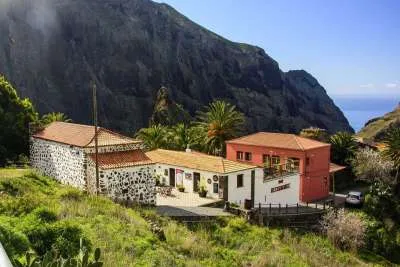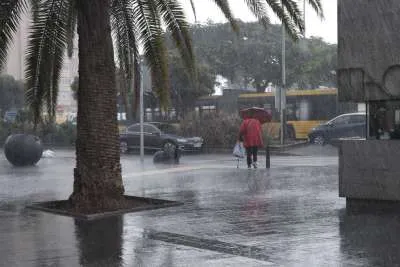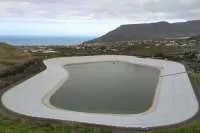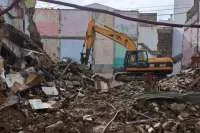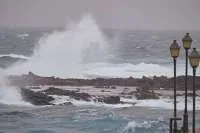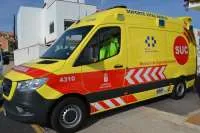Tenerife and Gran Canaria stay at Level 4, La Palma and La Gomera drop a level
- 12-08-2021
- National
- Canarian Weekly
The Ministry of Health of the Government of the Canary Islands has decided, after analyzing the evolution of epidemiological data, to move La Gomera to Level and La Palma to Level 2 this week, due to the improvement of their respective indicators. The rest of the islands remain at the same alert level as they were for another week.
This means that Tenerife and Gran Canaria continue at alert level 4; Fuerteventura, at level 3; Lanzarote (where epidemiologically La Graciosa is included) at level 2; and El Hierro, at level 1, as reported by the Ministry in a statement this afternoon.
These changes in levels will be effective from midnight tonight (00:00h Friday 13th August), after the decision based on the report issued by the General Directorate of Public Health of the Canary Islands Health Service (SCS) dated August 11th.
In this report, in the case of La Gomera, it is stated that in the last week only four cases have been reported on the island, and a total of 19 between July 28th and August 3rd, which has led to a decrease in the Accumulated Incidence rates over 7 and 14 days, both in the general one and in people aged 65 or over, hence the decision to go down from Level 2 to 1.
Likewise, in La Palma, their indicators have improved even more with respect to the previous week, and a decrease in both Accumulated Incidence rates at 7 and 14 days has been observed. In addition, the number of occupied beds in wards by Covid patients has decreased by more than 30% and the occupancy of ICU beds has decreased also, going from an average of four people two weeks ago, to only one person currently admitted to this unit, hence the choice to go down from Level 3 to 2.
NEW CASES HAVE FALLEN BY 28% IN THE CANARY ISLANDS IN A WEEK:
The rest of the islands remain at the level established the previous week, and the archipelago as a whole observed, between August 4th and 10th, a decrease of around 28% in the daily average of the number of new cases reported in relation to the previous week, a pattern that occurs on all the islands except Lanzarote, which has remained stable.
Following this trend, the average Accumulated Incidence rate at seven days and 14 days has decreased both in the Autonomous Community as a whole and in the islands, with the greatest decreases occurring in La Palma and La Gomera.
In the case of the incidence rate in the population over 65 years of age, in the Canary Islands and, specifically, in Gran Canaria a “certain stabilization” is perceived, while in Tenerife and in Fuerteventura a “slight increase” is observed, although in the three islands, the values of this rate are "at very high risk." The rate of these ages has also increased in Lanzarote and El Hierro.
For its part, the number of hospital beds in wards occupied by Covid-19 patients is maintained jointly in the Canary Islands, however, the situation differs between the islands since in Tenerife, La Palma, and El Hierro it has decreased, in the islands of Gran Canaria, Fuerteventura and Lanzarote occupancy still continues to grow. On all of the islands, it is at a low or very low-risk level, except for Tenerife, which is at medium risk.
Finally, the number of occupied ICU beds compared to the previous week continues to increase slightly in Gran Canaria, Tenerife and Fuerteventura, while in La Palma it has decreased and the rest of the islands are without occupation.


